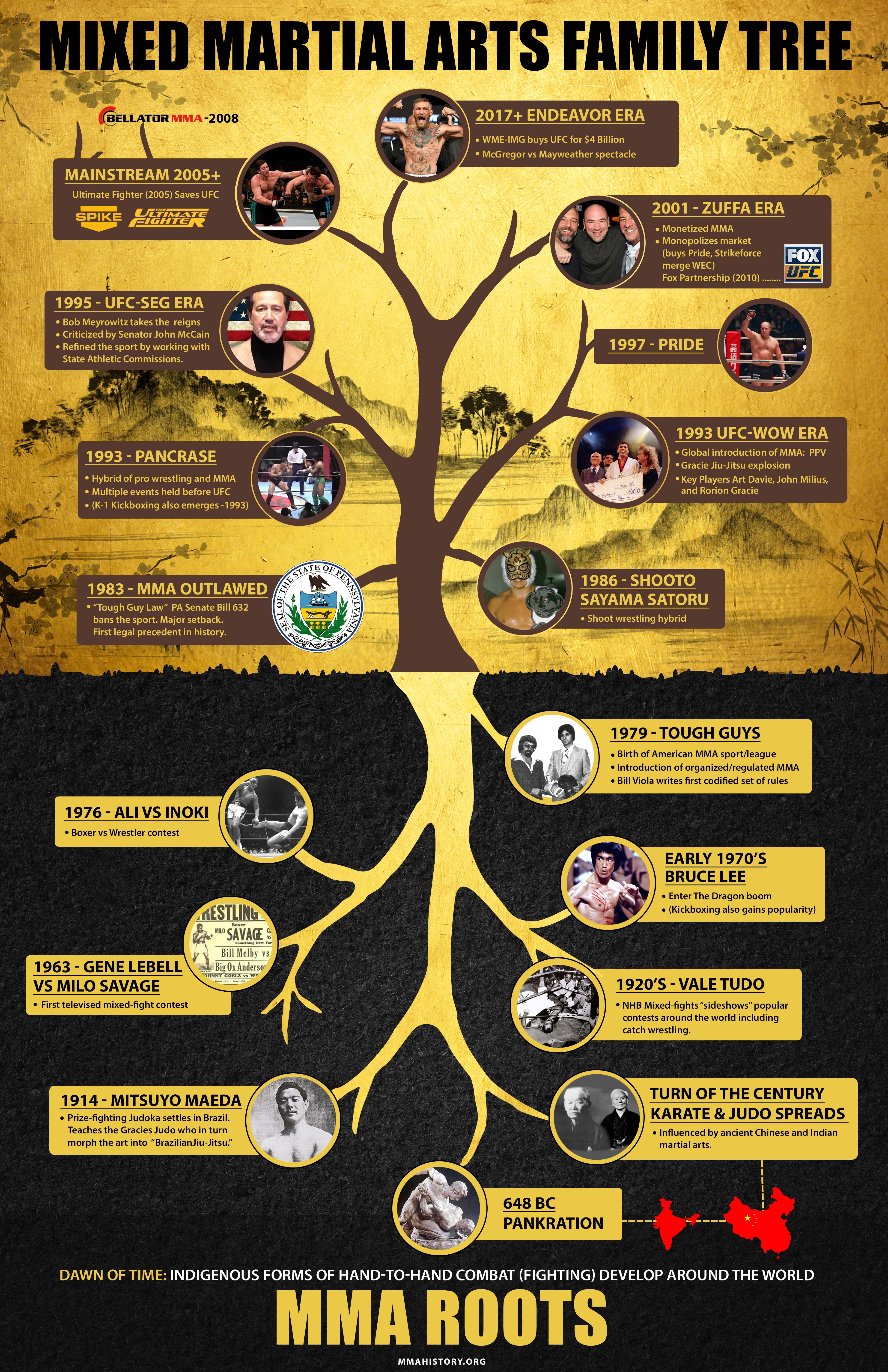What Are The Differences Between The Emphasis On Technique In Standard Martial Arts And The Affordable Focus Of Contemporary Combat Sporting Activities? Explore The Important Differences That Can Influence Your Path
What Are The Differences Between The Emphasis On Technique In Standard Martial Arts And The Affordable Focus Of Contemporary Combat Sporting Activities? Explore The Important Differences That Can Influence Your Path
Blog Article
Write-Up Author-Camp Fink
When you think about martial arts, do you lean extra toward the traditional methods or the contemporary combat sports? Each path supplies one-of-a-kind benefits and experiences, shaped by their ideologies and training techniques. Conventional martial arts emphasize personal development and technique, while modern battle sports focus on competition and efficiency. Recognizing these differences can direct you in choosing the right approach for your trip. But exactly how do these distinctions manifest in training and philosophy?
The Approach and Background Behind Typical Martial arts
While lots of people associate martial arts with physical combat, the philosophy and background behind traditional martial arts run much deeper. You'll discover that these techniques emphasize personal development, self-control, and respect.
Originating from old techniques, conventional martial arts were commonly established for Self-Defense and spiritual advancement. how to create a martial arts curriculum for kids embody concepts such as equilibrium, harmony, and self-discipline, directing practitioners beyond mere battling skills.
As you train, you'll not just learn techniques however also get insights into the culture and worths that shaped these arts. The rituals and customs, often given with generations, promote a feeling of community and belonging.
The Competitive Nature of Modern Fight Sports
Modern combat sporting activities have transformed the landscape of martial arts right into a highly competitive field, where professional athletes take on in an examination of skill, strategy, and endurance.
You'll notice that competitions are typically organized with rigorous rules and guidelines, guaranteeing fair game and security. These occasions draw in huge audiences, fueling the exhilaration and intensity of matchups.
Professional athletes educate carefully, not just for physical expertise but also for mental toughness, knowing that every detail counts in the ring. The adrenaline rush during competitions is apparent, as fighters press their restrictions to claim success.
please click the next site appreciate the athleticism and creativity involved, making modern-day battle sporting activities a thrilling phenomenon that continues to advance and astound enthusiasts worldwide.
Training Methods and Methods: A Comparative Analysis
The competitive ambience of modern fight sports demands cutting-edge training approaches that differ dramatically from standard martial arts.
In modern training, you'll focus on specific techniques, competing, and conditioning, commonly making use of drills that simulate genuine fight circumstances. You'll see a focus on measurable performance and regular competitors to evaluate your skills.
In contrast, conventional martial arts prioritize types, katas, and thoughtful mentors, commonly stressing discipline and regard over competition.
Training is generally less extreme and might entail repeated technique instead of real-time sparring.
While both approaches develop ability and fitness, modern battle sports offer a more vibrant and versatile training atmosphere, preparing you for prompt difficulties in the ring or cage.
Select the path that aligns with your goals and rate of interests.
Conclusion
In picking in between standard martial arts and contemporary battle sports, it really comes down to what you value the majority of. If visit the up coming post looking for individual growth, discipline, and a sense of neighborhood, standard arts could be your best fit. However if you prosper on competitors and real-time difficulties, modern battle sports could be the means to go. Inevitably, both courses provide unique advantages, so it's everything about aligning your training with your individual goals and interests.
